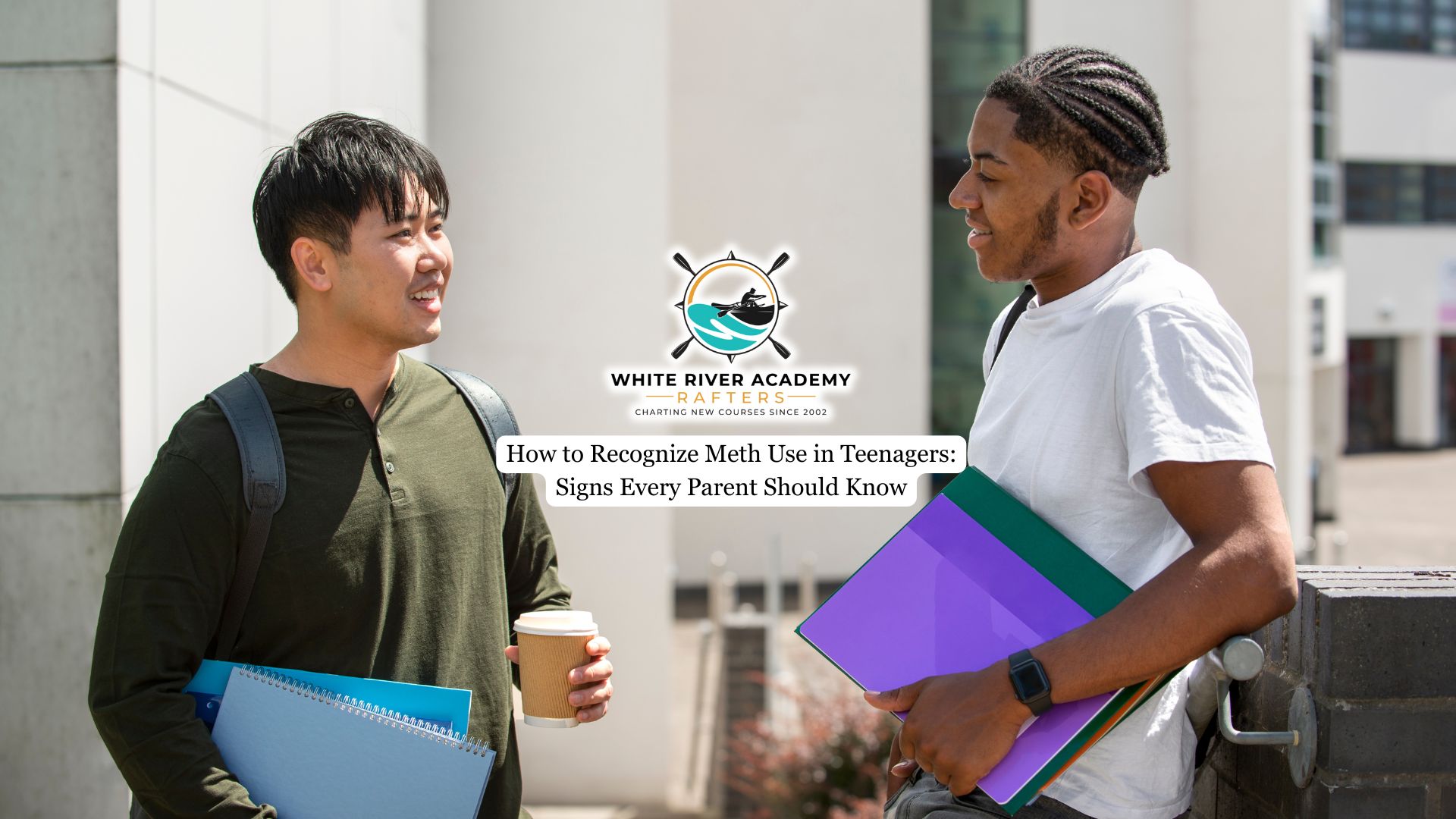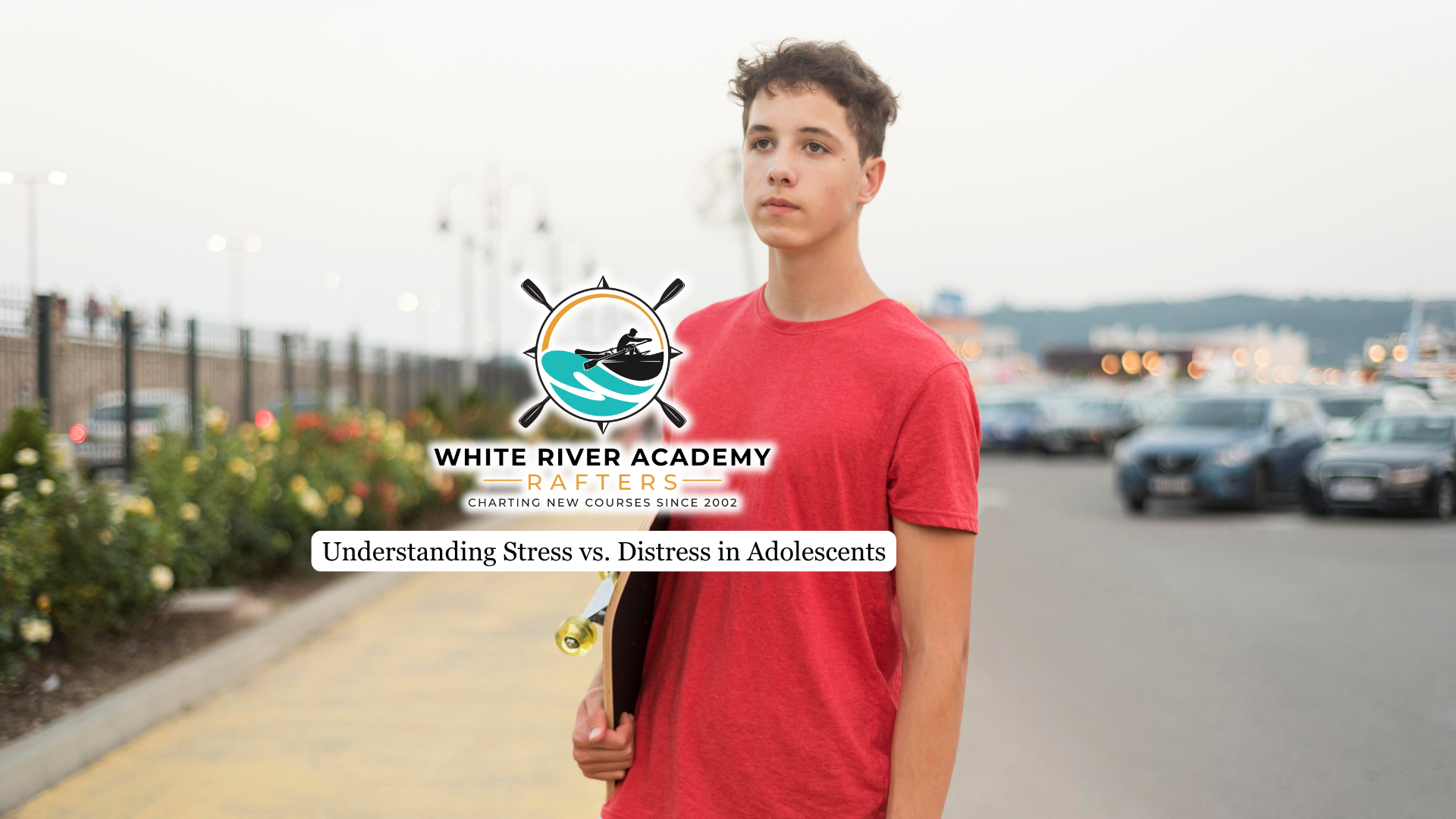While hallucinogens may not cause physical dependence, psychological addiction is a real risk with frequent use. These substances each have their unique effect on the mind and body, and understanding these substances is key to recognizing the dangers they pose and taking steps toward prevention and treatment.
This article will explain the main differences between the types of hallucinogens, examples of each type, and ways to determine if you or your loved one is suffering from hallucinogen addiction.
What are Hallucinogens?
Hallucinogens are a category of psychoactive substances that significantly alter perception, mood, and cognitive processes. Historically, these substances have been utilized in various cultural contexts for medicinal and spiritual purposes. Today, hallucinogens are often subject to recreational abuse, often by curious teenage or adolescent boys looking for new experiences.
Hallucinogens work by interfering with the neurotransmitter systems in the brain, particularly those associated with serotonin, resulting in sensory experiences, emotional states, and cognitive functions.
While hallucinogens are generally not regarded as addictive in the same manner as many other substances, they do pose risks, including the potential for psychological dependence or addiction, and a range of adverse psychological effects, which would require professional guidance to overcome.
Most Common Hallucinogens
There are three types of hallucinogens, which are grouped based on how they work in the brain.
Psychedelic drugs
Psychedelic drugs interfere with the way a person’s brain processes serotonin. These drugs can affect a person’s sense of self and result in visual changes. Drugs in this category include:
- LSD (Lysergic acid diethylamide), commonly referred to as “acid”, is known for producing significant alterations in perception and intense hallucinations, as well as mood fluctuations.
- Mescaline, derived from the peyote cactus, is recognized for its effects on the perception of time and spatial awareness.
- Psilocybin mushrooms, often termed “magic mushrooms“, can lead to a distortion of reality, accompanied by sensations of euphoria or panic, depending on the individual’s mindset and environment.
- DMT (N, N-Dimethyltryptamine) was popularized by two researchers in the late 20th century and was given the nickname “the Spirit Molecule.” DMT has been consumed for possibly thousands of years by Amazonian tribes who activated DMT in plants by brewing it in tea, referred to as ayahuasca. DMT may be among the most potent psychedelic drugs known to humans and has the potential for powerful visual hallucinations. While there is scant evidence to suggest that it could result in chemical dependence or medical complications, there is a chance that psychological issues could develop from bad trips.

Dissociative drugs
Dissociative drugs interfere with the way the brain processes the neurotransmitter glutamate. This can result in a person feeling disconnected from their body and surroundings. Drugs in this category include:
- PCP (Phencyclidine), a dissociative drug, is associated with aggressive behavior and a heightened sense of invincibility among users.
- Ketamine, primarily used as a medical anesthetic, is sometimes misused for its dissociative properties, which can also interfere with memory function.
- DXM (Dextromethorphan), also known as “Robo”, can be obtained without a prescription and is the most-used form of hallucinogen. It’s a common ingredient in cough medicines like Robitussin, Nyquil, Vicks, and many others.
Non-classified Hallucinogens
Other non-classified hallucinogens include a variety of substances that produce psychedelic or dissociative effects. Drugs in this category include:
- Ecstasy is the street name for MDMA (3,4 methylenedioxy-methamphetamine). It is an illegal and man-made drug classified as a stimulant with potentially hallucinogenic properties.
- Salvia, or salvia divinorum, is a plant native to Oaxaca, Mexico, used in spiritual and divination practices. It provides hallucinogenic effects comparable to the kind LSD produces. Users feel detached from reality and may experience trance-like states, anxiety, or dysphoria.
Understanding these hallucinogens and their implications is essential for identifying signs of misuse and facilitating appropriate interventions.
Criteria for Abuse or Addiction
At the psychological level, users may experience cravings for the effects of these substances, in spite of a lack of physical dependence. Tolerance can develop rapidly, requiring increased doses to obtain the desired effects, which can elevate the risk of erratic behavior and psychotic episodes.
Abuse of hallucinogens is defined by the continued use of these substances despite experiencing adverse consequences affecting health, relationships, and responsibilities.
Many hallucinogens are classified as Schedule I substances, which indicates a high potential for abuse and a lack of accepted medical use.
If an individual’s use of hallucinogens results in difficulties that they’re unable to manage or discontinue, it may suggest the presence of an addiction.
Signs and symptoms of Hallucinogen abuse
Behaviorally, individuals may show signs of social withdrawal, a tendency to neglect responsibilities, and engage in risky behaviors.
Psychologically, symptoms can include confusion, paranoia, anxiety, and in severe cases, psychotic episodes. Users may also experience mood fluctuations, panic attacks, and altered perceptions of reality.
Physically, common signs include dilated pupils, elevated heart rate and blood pressure, excessive sweating, impaired motor coordination, and nausea.
Over the long term, hallucinogen use can lead to serious complications such as persistent psychosis, known as Hallucinogen Persisting Perception Disorder (HPPD), and various cognitive impairments.
If these signs are observed in oneself or within a close circle, it’s advisable to seek professional assistance. Effective treatment options from rehab centers and therapeutic programs are available, and with the appropriate structured and supportive environment, teen and adolescent boys can recover from hallucinogen-related issues.
Final Thoughts from White River Academy
At White River Academy in Utah, we provide a comprehensive therapeutic program designed specifically for adolescent boys facing substance abuse and other emotional or behavioral challenges. Our structured environment offers individualized and family therapy, life skills development, and academic support, all tailored to meet each teen’s unique needs.




